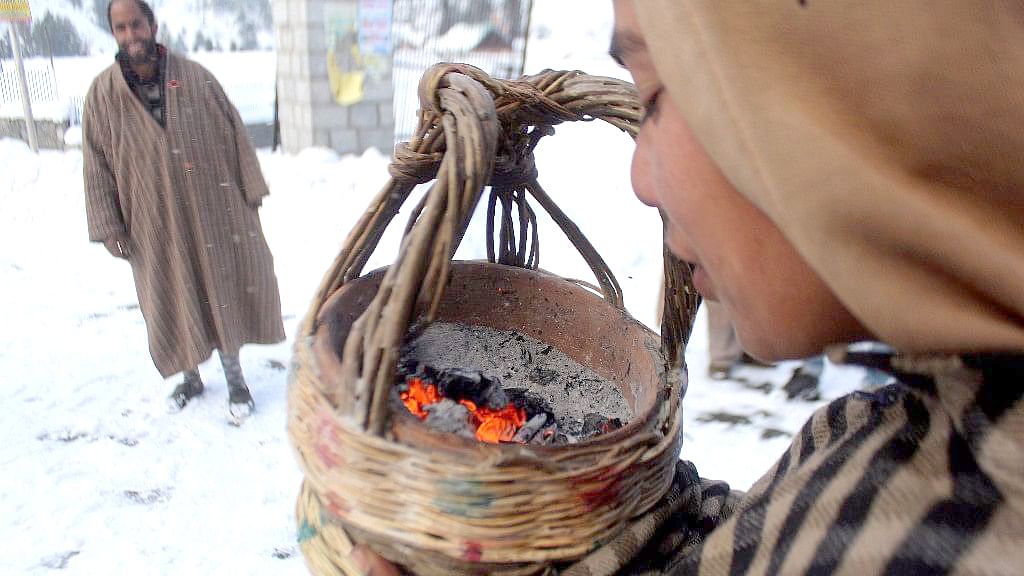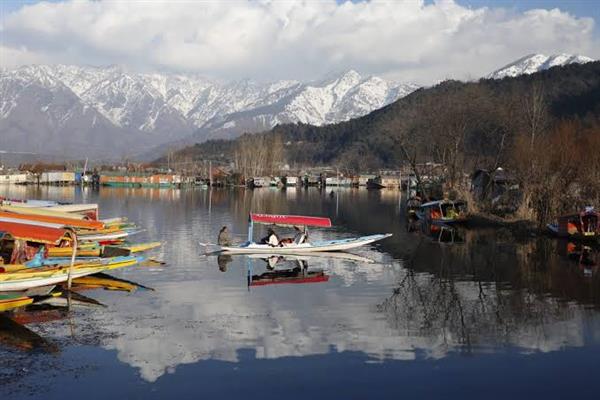Kangri, the firepot, which has served the people of Kashmir for centuries now, is battling for its own survival in the wake of new heating appliances available to the people. In cold and freezing days of winter when the temperature drops below zero, it is kangri that thaws and makes life a little easier. The popularity and utility value of kangri can be gauged from its wide acceptance in Valley; the general percept being that in almost every home in Kashmir you can find a kangri. Its importance is also realized with its mention in some popular historic treatises, its association with traditions, and with the distinct customs, culture, and the arts of Kashmir.
With its quasi-character – part utility and part art – kangri has survived among generations with little popularity. Decades that have gone by have added very little to the make of kangri. An earthen pot with wicker works around it, the alterations have been only in terms of colorful decorations. The overall size and shape have been retained more or less, only exceptions being in showcased artifacts or what is called a showpiece. The word ‘kangri’ is also used in several idioms and figures of speech, thereby registering its (kangri’s) presence in language also.
Wicker’s works and the make of kangri may also reveal the distinct locality where it is produced, like Bandipora or Chrar-e-Sharief. Nevertheless, kangris that are used entirely for their utility value do not show the finesse and therefore seem to fail to qualify as objects of art. Furthermore, there is a small industry that regularly provides for the supply of embers that are used in kangris. One can conclude that kangri touches many significant aspects of the life of a Kashmiri – it provides livelihood to craftsmen and makers, provides livelihood to thousands of people who deal or trade with ember or coal, it provides the necessary warmth and on the move when cold is unbearable, it finds its place in language, culture, and traditions; not to mention its use as a deterrent tool in brawls and bashes.
Kangri’s worst adversaries that put a question mark on its survival and popularity are the frequent health hazard warnings and the new age heating appliances. There is not much-documented information on the lives of people who have lived their lives making and selling kangris and passing the skill to others.
To admit, honestly, sadly, we do not know how many are employed in the craft, how many are left to pass on their skills, whether there are any takers at all or not. We can’t even say for how long kangri would survive in traditions, culture, and language if it is replaced in our homes by appliances. If there are ways to preserve the kangri experiences we must. No appliance can offer such varied experiences that involve lifestyle, energy, economy, traditions and customs, art, culture, language, and more.






